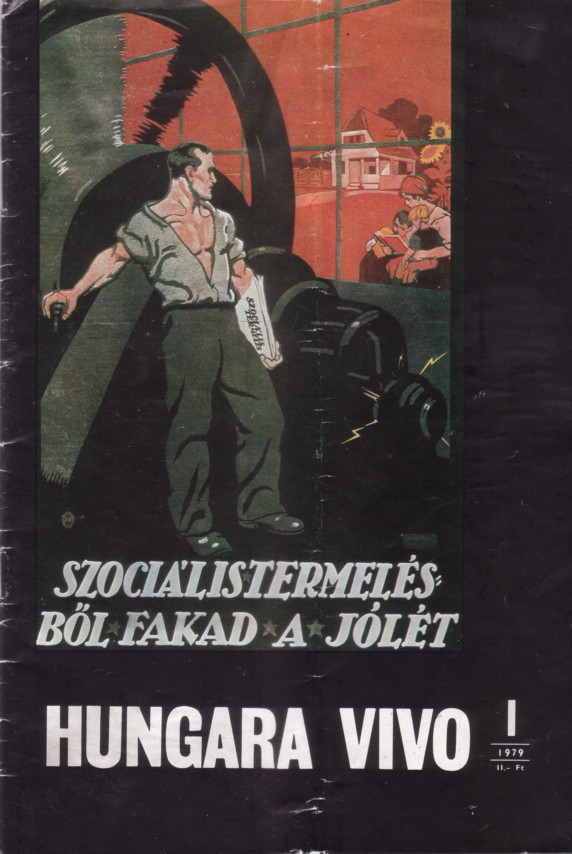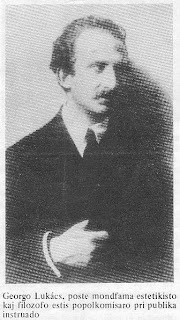The Yiddish Policemen's Union (2)
The novel is heavily sprinkled with yiddishisms, which I do not understand. The characters, particularly the main character Landsman, always refers to Jews as 'yids'. Whether or not this is a derogatory term in context I do not know, but it does not sound very flattering.
There are references to real-world Jewish public figures. There is a Max Nordau (pioneer Zionist) Street and a Peretz (I. L. Peretz, Yiddish poet) Street. There is an Einstein Chess Club. The murder victim who is the focal point of the plot is pseudonymously known as Emanuel Lasker (named after a chess champion, who also wrote about other games, e.g. Go).
The Jewish society we see here is not very attractive. There's a low class seediness about it, that begins with the run-down Zamenhof hotel, and the vista of crudity spreads out from there.The orthodox fanatics are referred to as 'black hats'. The Verbovers have their own island, and regard Landsman, who is there investigating the murder, as an interloper, and there is no love lost on his part either. They have inordinate political influence, and there is a fraction of them involved in organized crime. The Jews' relations with the Indians, i.e. the indigenous Alaskans, is none too friendly, either. The overall picture is not pretty. Other than storytelling, if there is a thematic purpose to Chabon's narrative, I do not know yet what it is.
Landsman is divorced, but his ex-wife Bina becomes his boss in the police department. Word comes down to scotch the murder case, but he can't leave it alone. The Jewish settlement faces Reversion, which presumably means the loss of the Jewish franchise of the colony, which means a certain percentage of the Jewish residents will have to disperse. Israel itself was destroyed in 1948. An interesting alternate history scenario, to be sure.
There is only one place so far where we learn more about the political factions that once were part of the fabric of the colony (p. 76):
For forty years--as Denny Brennan's series revealed--Hertz Shemets used his position as local director of the FBI's surveillance program to run his own private game on the Americans. The Bureau first recruited him in the fifties to fight Communists and the Yiddish Left, which, though fractious, was strong, hardened, embittered, suspicious of the Americans, and, in the case of the former Israelis, not especially grateful to be here. Here Shemetz's brief was to monitor and infiltrate the local Red population; Hertz wiped them out. He fed the socialists to the Communists, and the Stalinists to the Trotskyites, and the Hebrew Zionists to the Yiddish Zionists, and when feeding time was over, he wiped the mouths of those still standing and fed them to each other. Starting in the late sixties, Hertz was turned loose on the nascent radical movement among the Tlingit, and in time he pulled its teeth and claws, too.As much care as Chabon takes to delineate this society, I found my attention flagging after a while, until, while visiting the Verboters, Landsman confronts the rebbe with the death of 'Emanuel Lasker', whose real identity has just been uncovered. From there I've been riveted to the narrative.
Now on to the Esperanto references.
'Elevatoro', an Esperanto word which appears twice so far, does not really mean 'elevator' in the sense of transporting people: that would be 'lifto'. An 'elevatoro' is more like a winch that lifts cargo.
Hotel Zamenhof is a centerpiece of the narrator. As for Zamenhof the man, he is thought to be a ghost:
"You know what Kohn says," says Tenenboym. Kohn says we got a ghost in the house." Kohn is the day manager. "Taking shit, moving shit around. Hohn figures it for the ghost of Professor Zamenhof."Much later, while Landsman is on forced leave while recovering from a bullet wound, his ex-wife Bina visits his hovel in the Hotel Zamenhof:
"If they named a dump like this after me," Landsman says, "I'd haunt it, too."
"You never know," Tennenboym observes. "Especially nowadays." [pp. 12-13]
She wades through pieces of Landsman's gray suit and a bath towel and stands at the foot of the bed. Her eyes take in the pink wallpaper patterned with garlands in burgundy flock, the green plush carpet with its random motif of burn spots and mystery stains, the broken glass, the empty bottle, the peeling and chipped veneer of the pressboard furniture. Watching her with his head at the foot of the pull-down bed, Landsman enjoys the look of horror on her face, mostly because if he doesn't, then he will have to feel ashamed.
"How do you say 'shit heap' in Esperanto?" Bina says. She goes over to the veneer table and looks down at the last bedraggled curls of noodle pudding lying in the grease-streaked clamshell. [pp. 163-164]





























